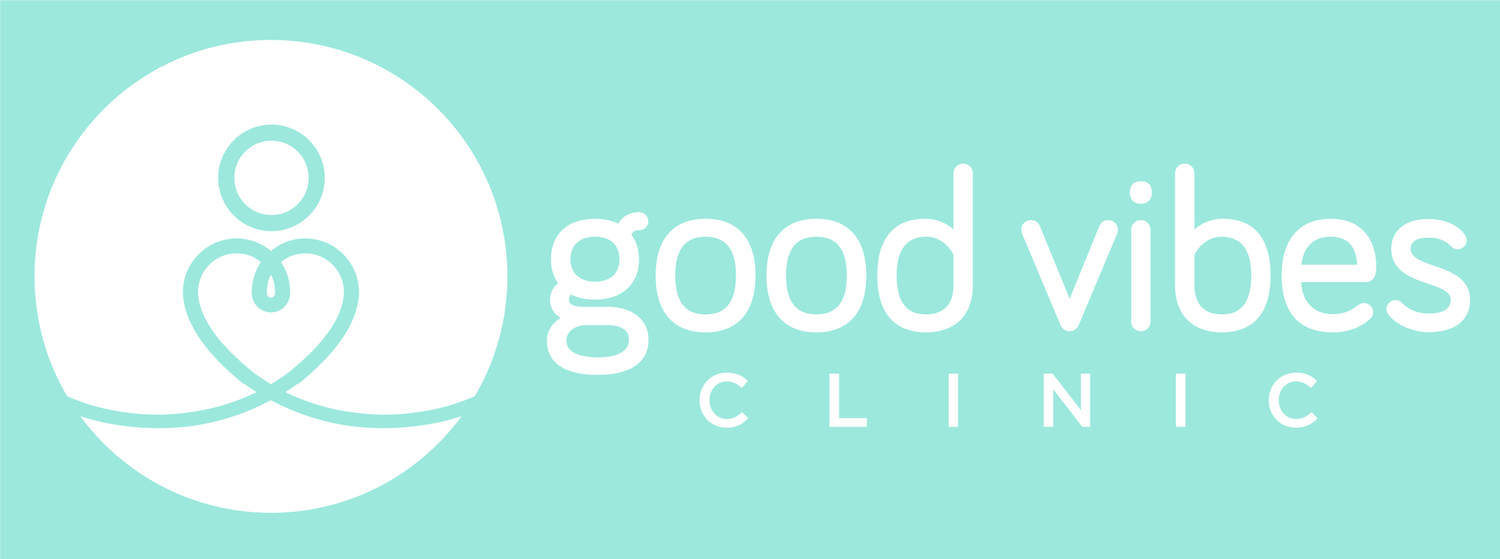The Evolution and Problematic Nature of the 'Ideal Body'
Evolution of the ‘Ideal Body’
Modern-day society has an obsession with body size and image , and this can be problematic when the concept of the ‘ideal body’ is ever-evolving, and often not based in reality of the lifestyle and genetic factors of the average human!
In the last century alone, we have seen the concept of the ‘ideal body’ of a socialised woman* morph from the hourglass figure of the 1950s, thin and petite in the 1960s, tall and slim supermodel era of the 1980s, heroin chic in the 1990s, athletic and lean in the 2000s, and the resurgence of hourglass figure (particularly big booties) of the 2010s and early 2020’s.
So much of the way that we view ourselves is through the eyes of others, and we unconsciously internalise a lot of negative language, thoughts, feelings and behaviours, because we are repeatedly told on a societal level that our bodies are not enough as they are. Some studies have found children as young as 3 to 5 years of age, making statements like “I am fat” and “I am ugly”!! Narratives that start this early can lead to poor self image and confidence, disordered eating, and significant mental health issues.
The Body Positivity Movement
Social media serves as the major platform for presenting bodies, and unfortunately up until recently there has been a disproportionate amount of ‘ideal bodies’ portrayed online, compared to the average and more common body-types. Influencers, editing tools and celebrities continue to infiltrate our newsfeeds and tell our brain that these are the most appropriate, common, and preferred type of body.
The body neutrality and body positivity movements of recent years have provided some diversity in our view of what a body looks like, and many influencers are now choosing to include ‘Instagram vs Reality’ within their feeds, showing us that that they too have skin folds, cellulite, stretch marks and bloating. We are also seeing the representation of those with physical disabilities and neurodiversity on social media and within television and movies, normalising that each human is unique, and there isn’t one ‘right’ way to look. This has not yet undone a lifetime of social conditioning that bodies should look, feel and move perfectly, however it is likely making some progress in the unlearning of this harmful narrative.
What is Body Neutrality?
Body neutrality is a relatively new concept that emphasises accepting your body as it is and what it does for you rather than what it looks like. It steers clear of body positivity that can feel over-the-top or exaggerated for some. Taking a neutral stance on your body provides a middle ground, and it acknowledges that you may not love your body every single day and that’s okay! You can still appreciate your body, listen to what it needs and let that guide you. By doing so, it also brings mindfulness into what you do with your body and any thoughts and feelings you have around it.
There is no such thing as the perfect body. Our bodies are not commodities, fads or trends.
Some ways that we can support ourselves and others in adopting a more realistic and healthy body image include:
Reading up on body neutrality and body positive movements, and reflecting on your own learning and experience of the ‘ideal body’.
Bring awareness to your own self-talk: what do you tell yourself when you look in the mirror? If it is something negative, is there something more neutral or positive you could focus on instead?
Practice gratitude for what your body does for you can be incredibly powerful. Practicing neutral and positive thinking over time actually rewires the neural pathways in our brain and supports us improving our unconscious and conscious beliefs about ourselves. This can look like anything from writing a list in the morning, identifying and being grateful for specific things your body does for you, saying positive affirmations, taking sexy pictures etc.
Overhaul your social media! Consider who you follow on social media, and unfollow accounts that make you feel bad about yourself, or that perpetuate the idea of the perfect body.
Follow people with diverse bodies and people who focus on confidence no matter what you look like.
Surround yourself with friends, colleagues and family who support you and your achievements, not those who point out or shame you for socially constructed ‘flaws’. A healthy relationship is not conditional on what you look like.
Dress in what makes you feel the most yourself and that makes you feel good! You should change your clothes to fit you, not change your body to fit the clothes.
Focus on health over aesthetics. Our bodies need exercise and this is backed by decades of research, but exercise doesn’t automatically mean a strict gym routine or running a marathon. You can find a form of exercise that suits you, that genuinely feels enjoyable and helps you feel good about yourself! Exercising as a form of punishment can be very harmful for your confidence and sense of self.
Changing your perspective and how you see yourself doesn’t happen overnight or off the back of adopting one of the above tips once. It took you a lifetime to learn what you currently tell yourself, so it will take time to unlearn, and replace negative thoughts with neutral, positive and helpful thoughts. Part of the journey is that there will still be days where you’re not feeling yourself or you’re not feeling attractive, and it’s all part of the ride. The goal isn’t to be perfect or happy all the time, it’s to find our authentic self and our authentic selves are messy and beautiful and everything in between! In a society that profits off us feeling terrible about ourselves, appreciating our bodies for how they look and what they give us can feel especially revolutionary!!
